Peaceful betta - Betta imbellis
Scientific name: Betta imbellis
Common name: Peaceful betta
Family: Osphronemidae
Usual size in fish tanks: 6 - 7 cm (2.36 - 2.76 inch)
014
Recommended pH range: 6 - 7.3
Recommended water hardness: 6 - 20°N (107.14 - 357.14ppm)
0°C 32°F30°C 86°F
Recommended temperature range: 24 - 29 °C (75.2 - 84.2°F)
The way how these fish reproduce: Spawning
Where the species comes from: East Asia
Temperament to its own species: peaceful
Temperament toward other fish species: peaceful
Usual place in the tank: Top levels
Origin
The Peaceful Betta (Betta imbellis) is native to Malaysia and surrounding regions in Southeast Asia. It inhabits slow-moving freshwater environments such as swamps, rice paddies, peat bogs, and shallow streams with dense vegetation and leaf litter.
Lifespan
With proper care, the expected lifespan of Betta imbellis is approximately 3-5 years. Maintaining excellent water quality, a well-balanced diet, and a stress-free environment can help extend their lifespan.
Short Description
Unlike its more aggressive cousin, the Siamese Fighting Fish (Betta splendens), the Peaceful Betta is far more sociable and can be kept in community tanks with the right tank mates. However, males may still show territorial behavior, particularly during breeding. They thrive in planted tanks with calm waters and benefit from the presence of floating plants to mimic their natural habitat.
Betta imbellis is known for its vibrant iridescent colors, with shades of blue, green, and red shimmering across its body. Males display more vivid colors and elongated fins, while females tend to have shorter fins and a more subdued brownish hue.
Food and Feeding
The Peaceful Betta is a carnivorous species that requires a high-protein diet. While they will accept some commercial foods, they thrive on a diet rich in live or frozen foods.
- Staple Diet: High-quality micro pellets or betta-specific flake food.
- Live/Frozen Foods: Brine shrimp, bloodworms, daphnia, mysis shrimp, and tubifex worms.
- Vegetable Matter (Occasional): Blanched spinach or spirulina flakes.
To maintain their health and enhance their coloration, feed them small portions 2-3 times daily and avoid overfeeding.
Sexing
Distinguishing between male and female Betta imbellis is relatively simple:
- Males: More vivid coloration, with striking blue and green iridescence. They also have longer, flowing fins and a more streamlined body.
- Females: Generally less colorful, appearing in shades of brown or dull green. Their fins are shorter and rounder, and they tend to have a fuller belly, especially when carrying eggs.
Breeding
Betta imbellis is a bubble nest builder, with males taking full responsibility for nest-building and fry care. To encourage breeding:
- Provide a separate breeding tank with a water temperature of 26-28°C (78-82°F).
- Add floating plants like Salvinia or Amazon Frogbit to help stabilize the bubble nest.
- Use subdued lighting and keep the water flow minimal to avoid disturbing the nest.
The male constructs a bubble nest at the surface and courts the female. During spawning, the female releases eggs, which the male fertilizes and carefully places into the nest. The female should be removed post-spawning, as the male will aggressively guard the eggs and fry.
The eggs hatch within 24-36 hours, and the fry become free-swimming after 3-5 days. At this stage, feed them Infusoria or finely powdered food, followed by newly hatched brine shrimp as they grow.
Tank Setup and Behavior
Peaceful Bettas prefer low-flow aquariums with plenty of hiding places and soft, acidic water. A well-planted tank replicates their natural environment and reduces stress.
Tank Requirements:
- Tank Size: Minimum 10 gallons (~38 liters) for a small group.
- Water Temperature: 24-29°C (75-84°F)
- pH Level: 6.0 - 7.3
- Hardness: 6-20 dGH
- Filtration: Use a sponge filter or a gentle flow filter to avoid strong currents.
These bettas are social and peaceful, making them ideal for species tanks or community setups with compatible tank mates.
Tank Mates
Unlike the aggressive Betta splendens, Betta imbellis can live with other peaceful species. Suitable tank mates include:
- Ember Tetras – Small, non-aggressive fish that complement Betta imbellis.
- Harlequin Rasboras – Peaceful, schooling fish with similar water requirements.
- Sterbai Corydoras – Bottom-dwellers that help maintain a clean tank.
- Kuhli Loaches – Shy, peaceful bottom dwellers.
- Otocinclus Catfish – Excellent algae grazers.
Avoid fin-nipping or aggressive species such as Tiger Barbs or Serpae Tetras, as they may harass Betta imbellis.
Recommended Plants
Adding live plants helps create a natural environment while offering shelter. Suitable plants include:
- Java Fern – Hardy and attaches well to driftwood.
- Anubias – Low-maintenance and perfect for shaded areas.
- Cryptocoryne Wendtii – Provides dense cover.
- Java Moss – Excellent for hiding spots.
- Salvinia Natans – Floating plant that helps with bubble nest stability.
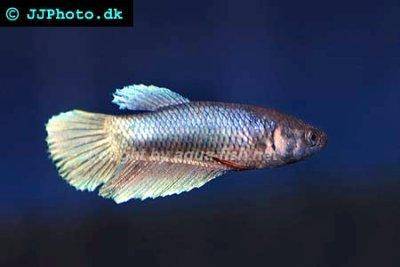





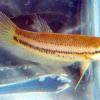 Akar
Akar 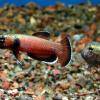 Whiteseam
Whiteseam 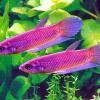 Giant
Giant 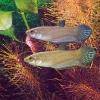 Betta
Betta 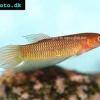 Slender
Slender 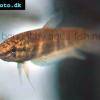 Betta
Betta 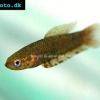 Brown’s
Brown’s  Snakehead
Snakehead 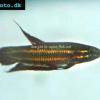 Wine
Wine 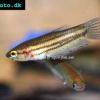 Edith’s
Edith’s 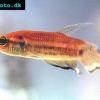 Blue
Blue 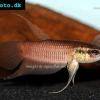 Betta
Betta 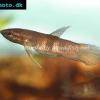 Kapaus
Kapaus 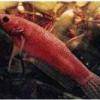 Eyespot
Eyespot 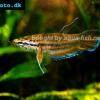 Spotted
Spotted 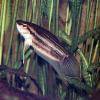 Forest
Forest 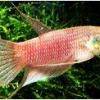 Schaller’s
Schaller’s 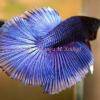 Siamese
Siamese 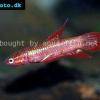 Chukai
Chukai 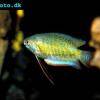 Banded
Banded 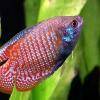 Dwarf
Dwarf 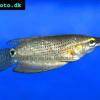 Frail
Frail 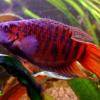 Paradise
Paradise 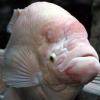 Giant
Giant 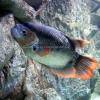 Giant
Giant 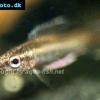 Licorice
Licorice 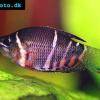 Chocolate
Chocolate 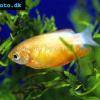 Honey
Honey 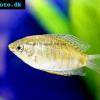 Thick
Thick 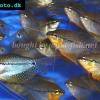 Pearl
Pearl 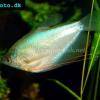 Moonlight
Moonlight 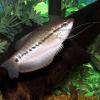 Snakeskin
Snakeskin 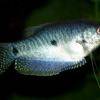 Blue
Blue